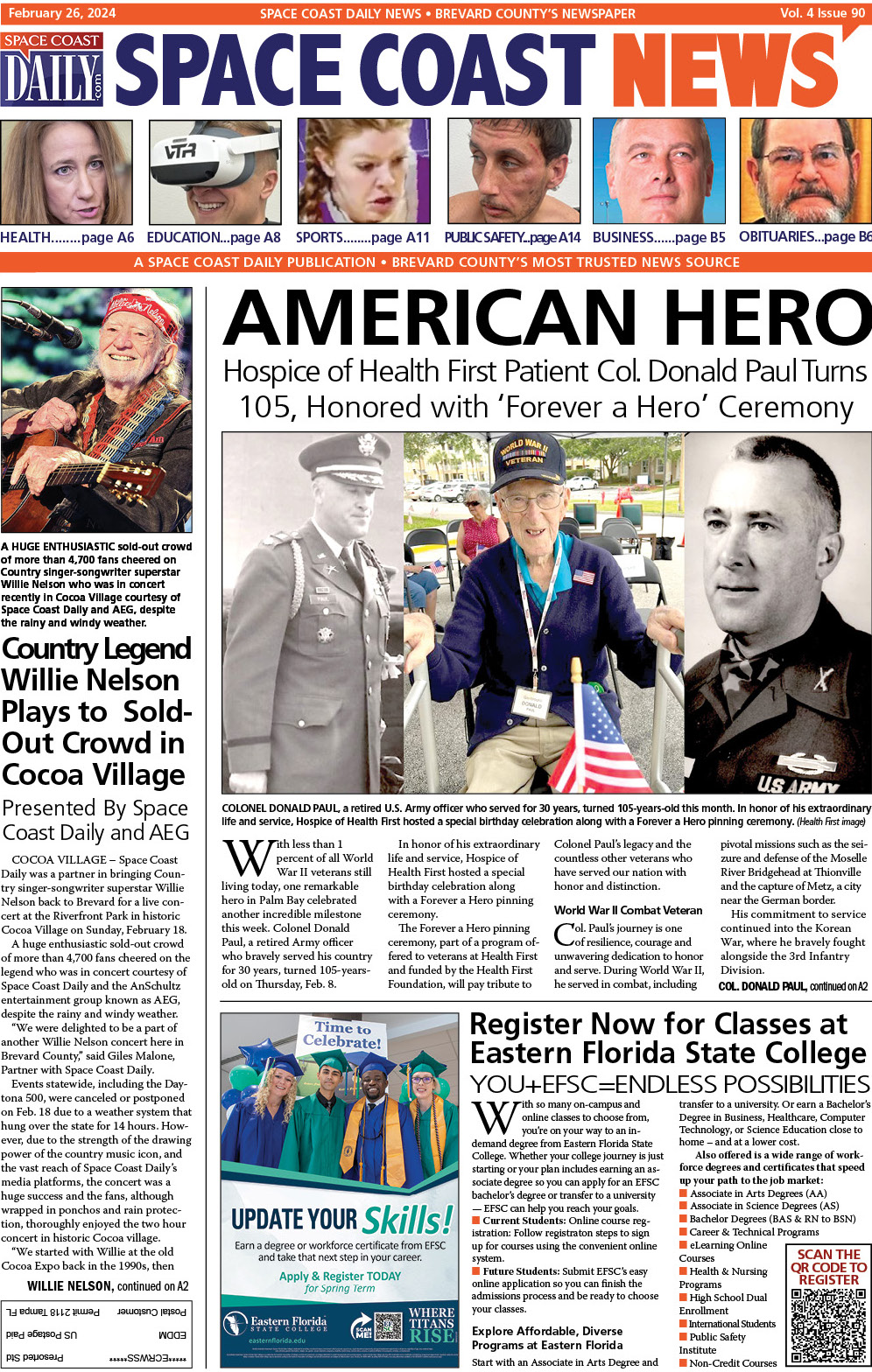SPACE TO GROUND: NASA Weekly Recap From the Expedition Lead Scientist
By Jorge Sotomayor, Lead Increment Scientist // May 16, 2017
spacewalk No. 200, ISS News & Veggies
ABOVE VIDEO: NASA’s Space to Ground is your weekly update on what’s happening aboard the International Space Station.

( NASA Highlights) – While preparing for the 200th spacewalk on the International Space Station, the crew members in orbit performed the latest harvest of vegetables grown in space.
NASA astronaut Jack Fischer collected the latest crop of Tokyo Bekana Chinese cabbage for the Veg-03 investigation.
Some of this was consumed at meal-time, and the rest sealed for analysis back on Earth. Understanding how plants respond to microgravity is an important step for future long-duration space missions, which will require crew members to grow their own food.
Astronauts on the station have previously grown lettuce and flowers in the Veggie facility.
Veggie provides lighting and necessary nutrients for plants by using a low-cost growth chamber and planting pillows, which deliver nutrients to the root system.
The Veggie pillow concept is a low-maintenance, modular system that requires no additional energy beyond a special light to help the plants grow.
It supports a variety of plant species that can be cultivated for fresh food, and even for education experiments.

Crew members have commented that they enjoy space gardening, and investigators believe growing plants could provide a psychological benefit to crew members on long-duration missions, just as gardening is often an enjoyable hobby for people on Earth.
Data from this investigation could benefit agricultural practices on Earth by designing systems that use valuable resources such as water more efficiently.
NASA astronaut Peggy Whitson worked on setting up the Fluids Integrated Rack (FIR) for a biophysics study on the space station.
The FIR is a research facility designed to host investigations into colloids, gels, bubbles, wetting and capillary action, including the phase changes from gas to liquid to solid.

It provides a central location on the space station to research complex fluids.
Investigations range from fundamental research to technology development in support of NASA exploration missions and include life support, power, propulsion, and thermal control systems.
The FIR minimizes the number of support items sent to the station by using different modules capable of supporting various types of experiments.
Ground teams commanded another round of NASA’s Space Communications and Navigations Testbed (SCaN Testbed) investigation.
CLICK HERE TO READ MORE OF THIS STORY>>>
CLICK HERE FOR NASA AND SPACE NEWS













